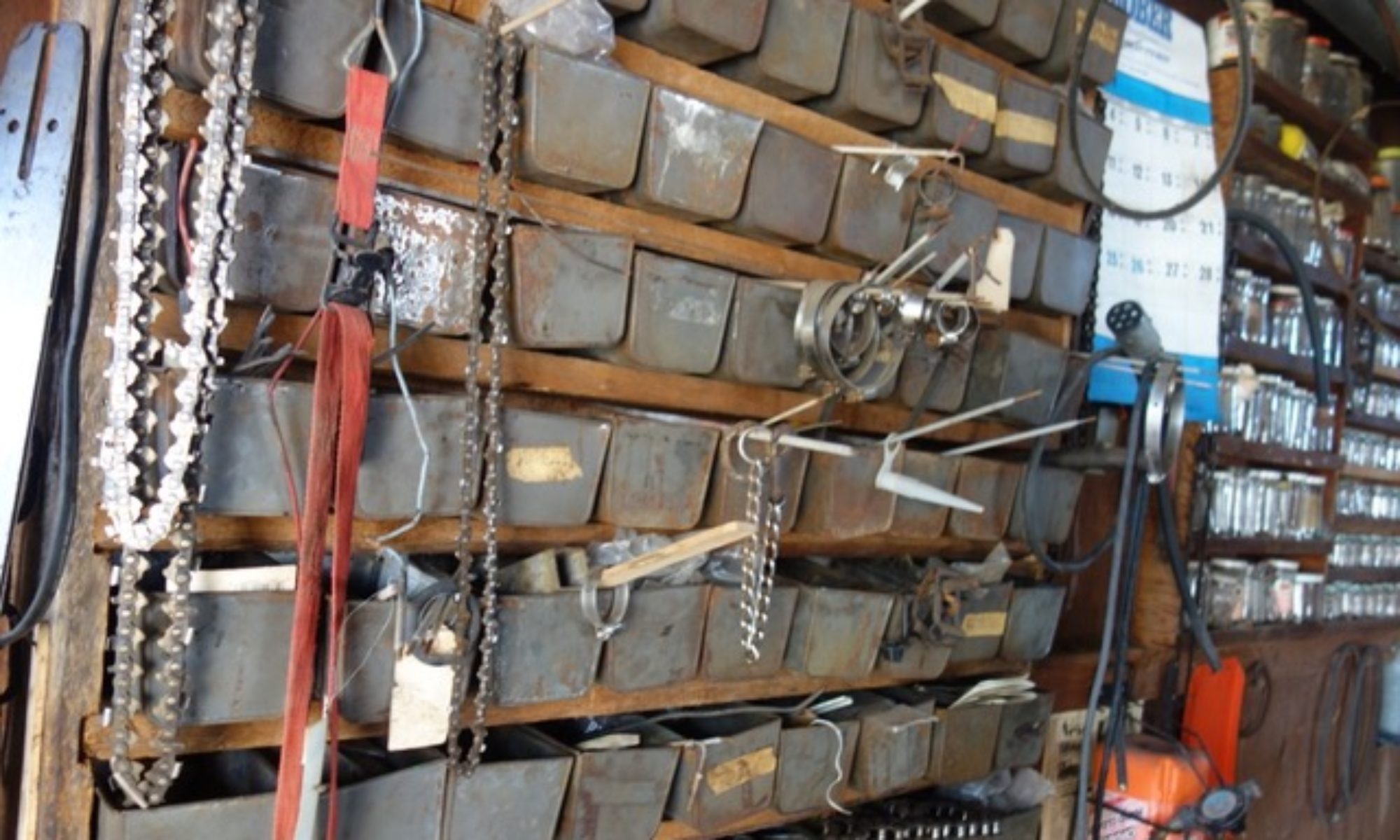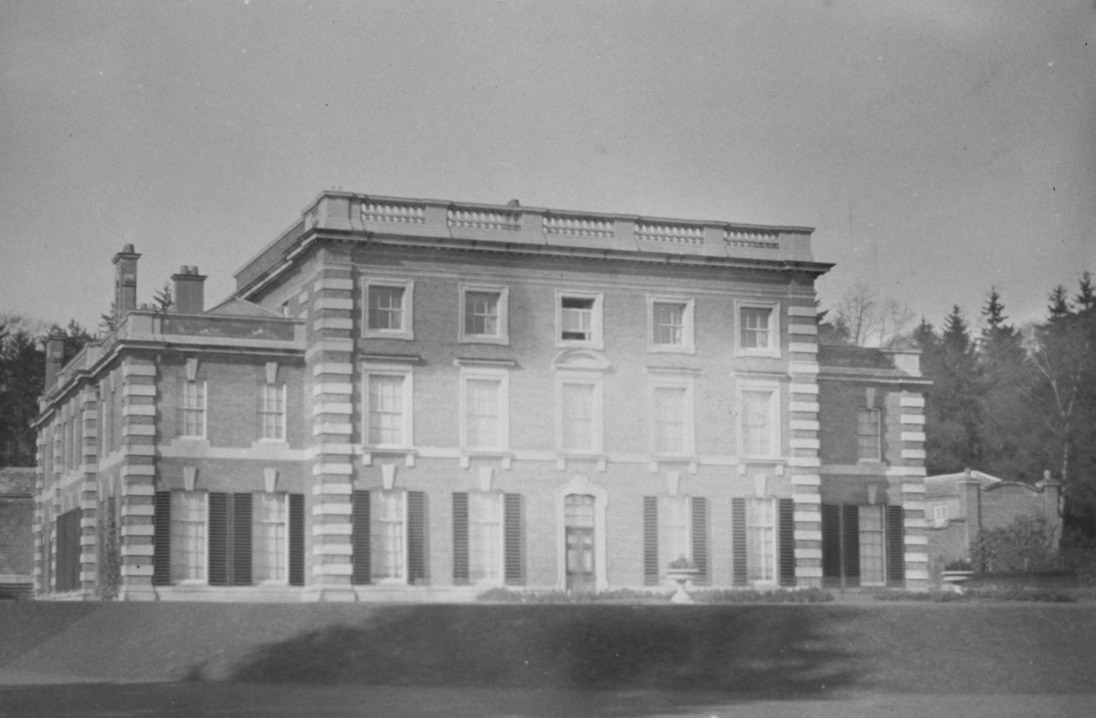EPISODE 505 WHY WAS EYWOOD DEMOLISHED IN 1954? (AND history of Eywood’s owners)



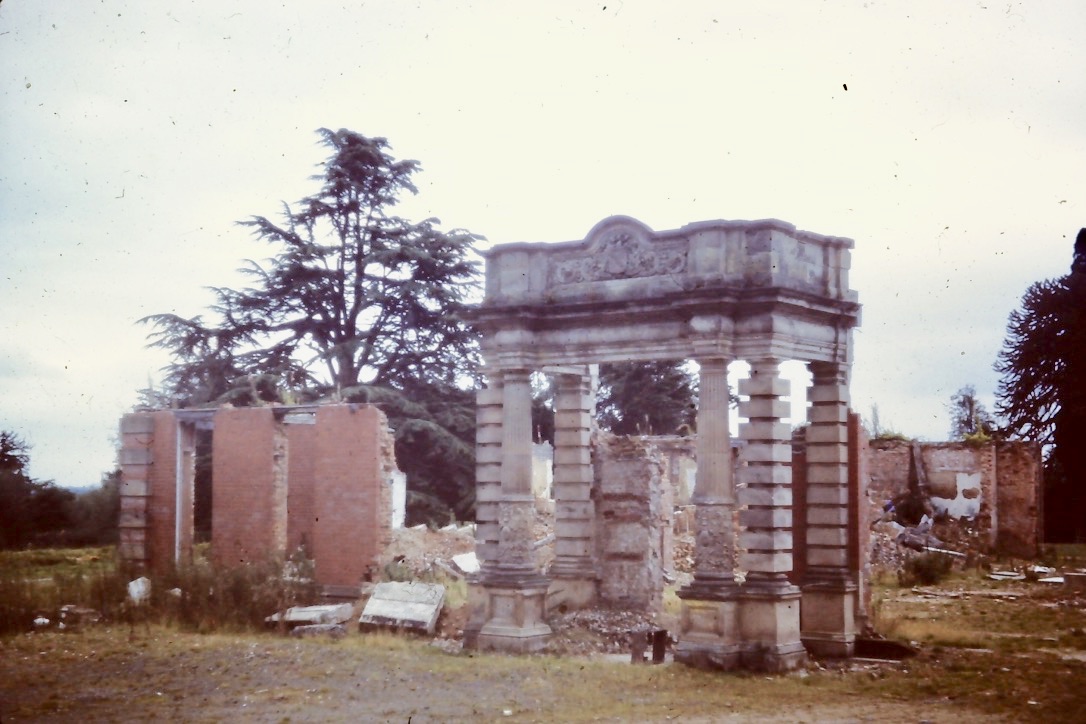
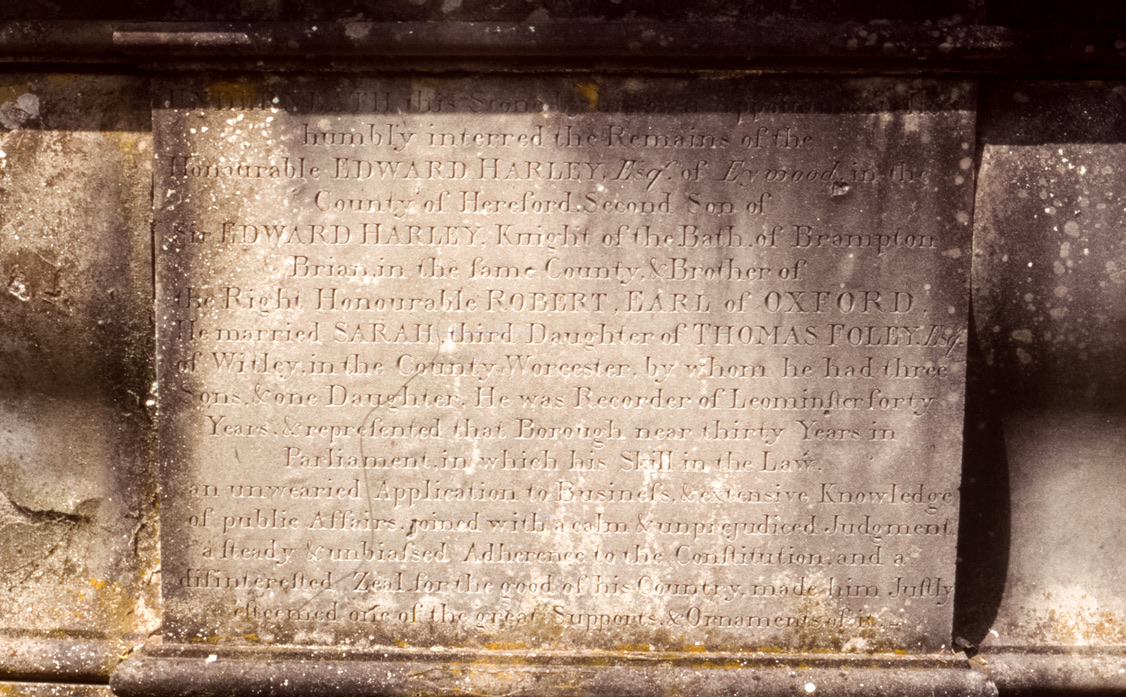
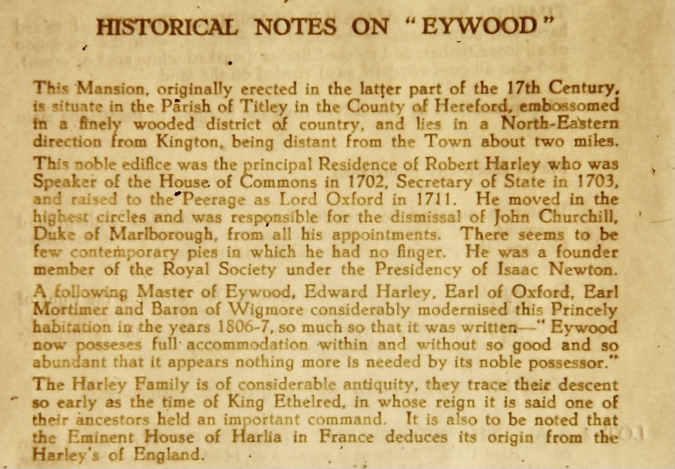


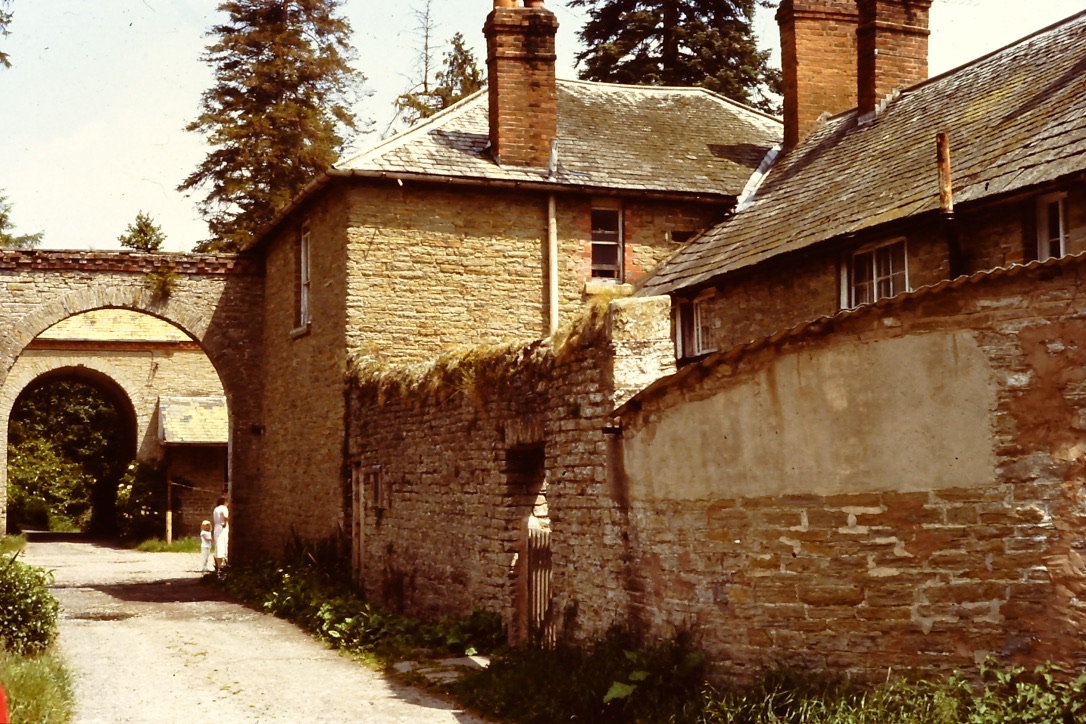
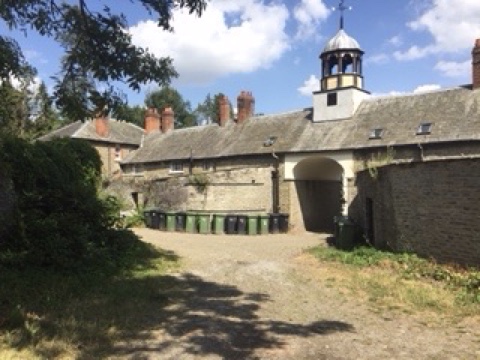

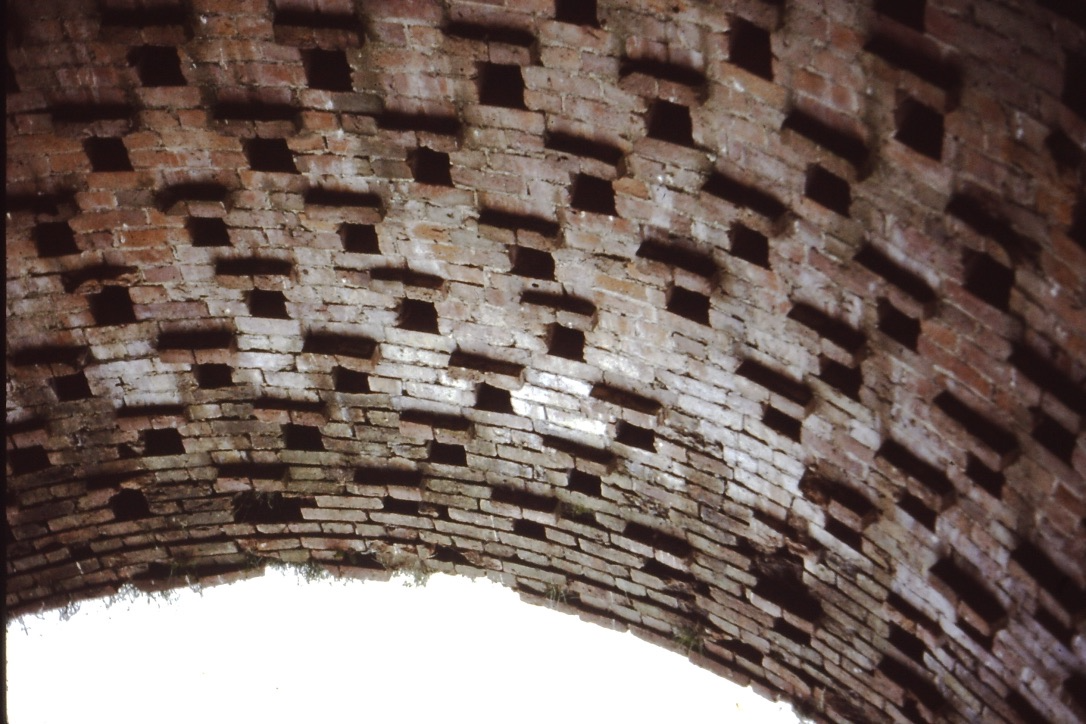
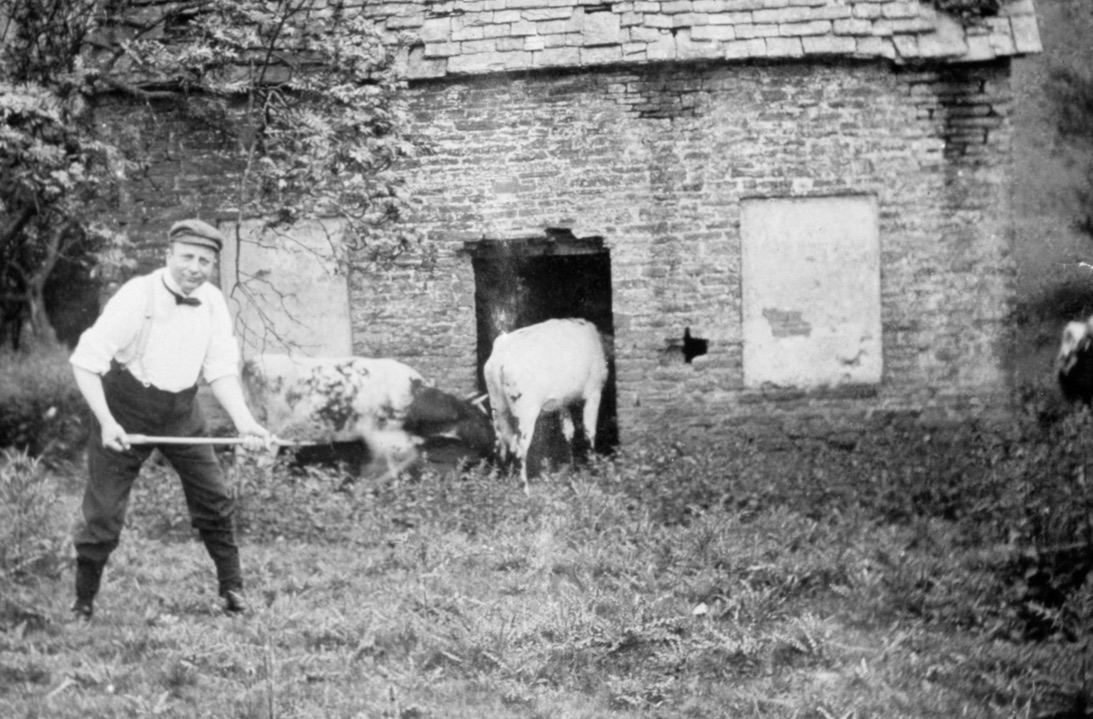
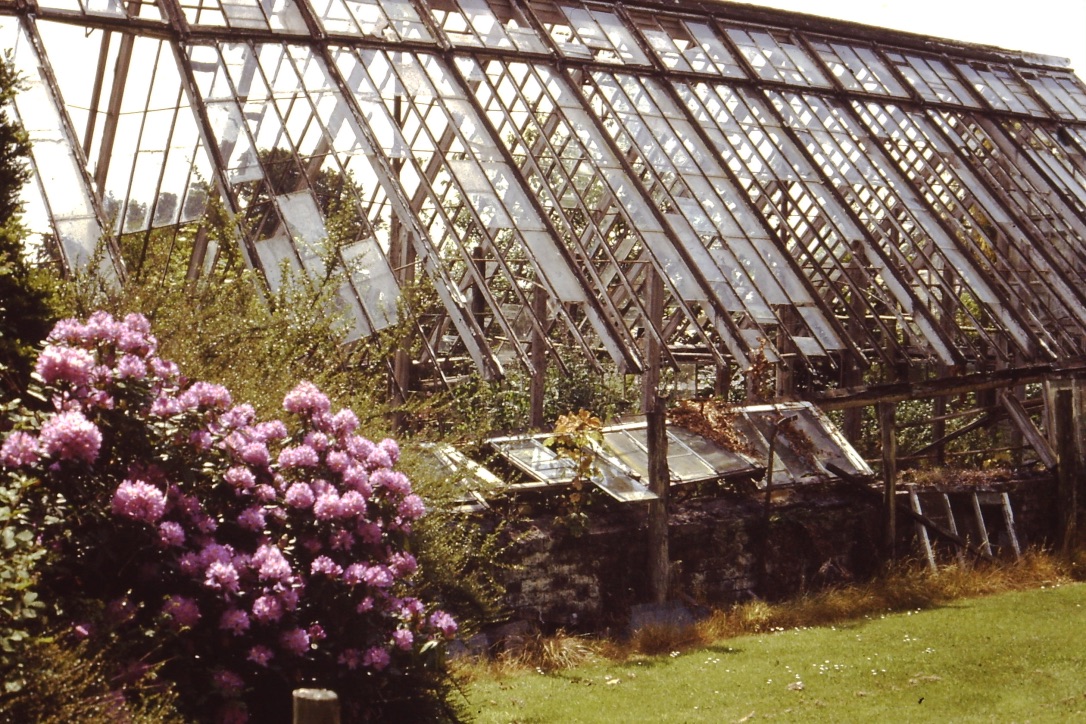
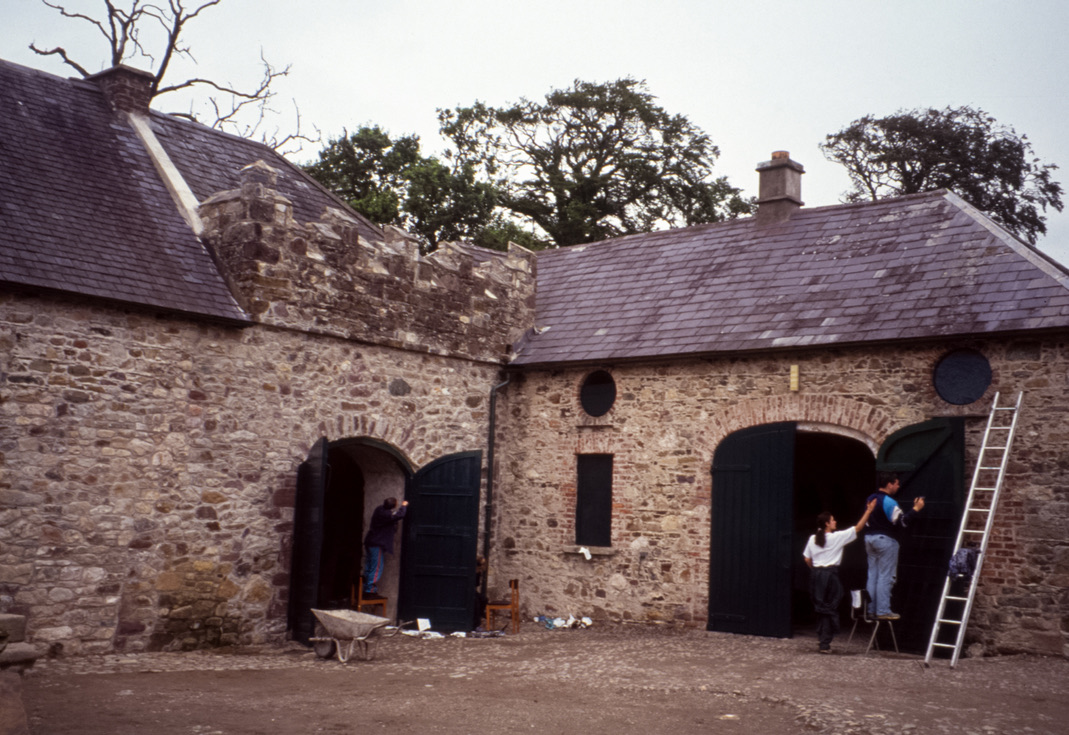
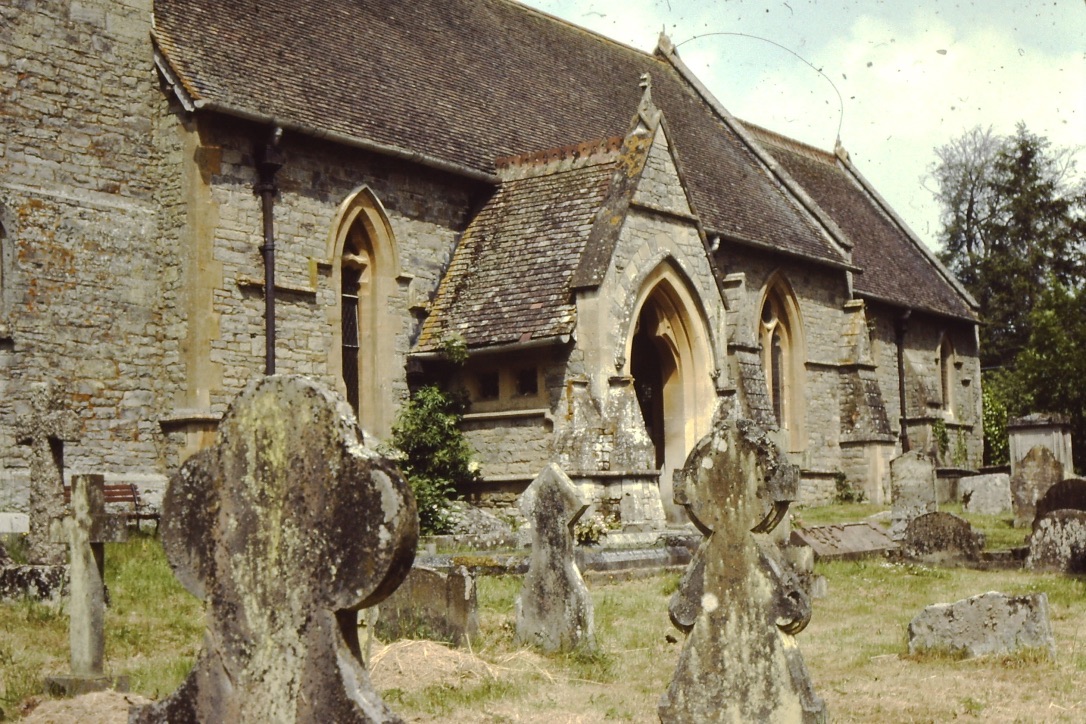
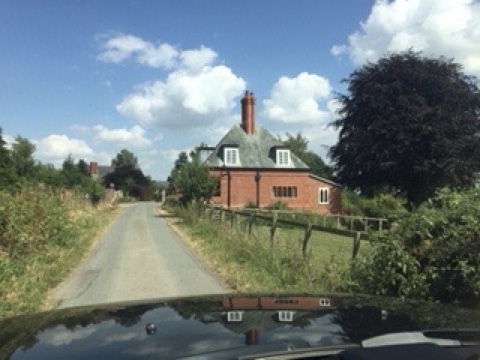
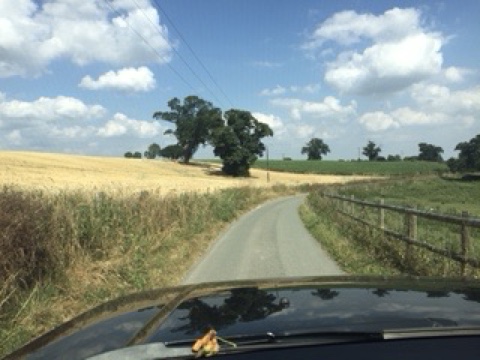
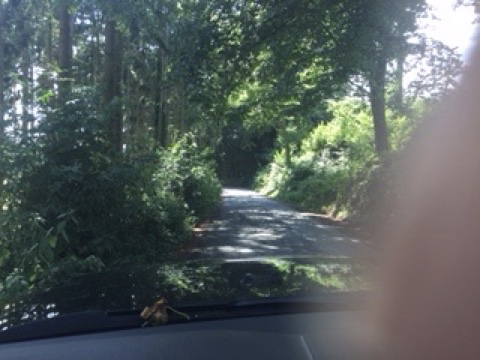

alan skeoch
Jan. 5, 2022

This is (was) Cyril Griffiths to whom I owe so much. He was once the tenant farmer of Oatcroft which was sold from under him even
though he had tenant farmers rights. Or so I believe. My grandparents enduring contact via mail with the Griffiths family
was the sole reason I was able to make contact and delve deep into the history of Eywood. Cyril moved to Lower Wooton
Farm when Eywood was sold If time permits I will do an episode on Lower Wooten Farm. Below is a roadsign post should readers want
more information or pictures of Titley and surrounding villages. They are stunning places

The history of Eywood is not a happy history like that of the fictional Downton Abbey. But there were
good times. I think my grandfather took this picture with his pinhole camera between 1900 and 1908.
The Chauffeur looks very young and very determined One of my readers can probably identify the car
and year of manufacture. Similar vehicles appeared in the Downton Abbey series.


note: It is unclear why the demolition of Eywood was incomplete. When I visited the site for the first time these walls were standing and
in the middle of the floor area there was a hole that I was told gave access to the wine cellar. Big enough to crawl through. No wine that
I could see.
“Why was Eywood demolished?”
Several readers have asked that question. The answer is complicated. Perhaps best understood
by considering the history of Eywood. Many country estates had several owners particularly so as
the 20th century progressed and taxes increased putting an enormous burden on the old guard of
places like Eywood. i.e. the aristocracy of Britain. But to just say taxes is too simple. So here is
the history of the place.
1) Edward Harley (1664-1735) acquired the Eywood estate at the end if 17th century and build a house about 1705. His younger brother Robert Harley was Speaker of the House of Commons and
Chancellor of the Exchequer in reign of Queen Anne. Robert Harley appointed Edward Harley as Auditor of the Imprest, a lucrative appointment providing enough money to build the original Eywood
manor house. Later in the 18th century the house was altered. (see work of Robert Kingsley)
2) 1735 Edward Harley succeeded by his son Edward Harley (1699-1735) becoming the 3rd Earl of Oxford in 1741. Inherrited the principal estates of Brampton Brian (ancient seat of the Harleys) while Eywood
was the secondary estate of the Harleys.
3) Either the second or third Earl of Oxford both named Edward Harley, landscaped Eywood. In 1756 Bishop Pococke wrote ‘Lord Oxford has a large house and a fine lawn, with a beautiful piece of water
and great woods on the hill over it”. This comment was used often in later descriptions
4) Edward Harley (1726 – 1790, 4th Earl of Oxford,in 1775 brought CAPABILITY BROWN to Eywood. His landscaping suggestions are unknown but by 1795 three pools were established of which two remain.
Woodland features were also established….grand parkland trees some of which may still stand.
5) Edward Harley (1773 – 1848) , the 5th Earl of Oxford married Jane Scott in 1794. Her father was a Christian mininster from Hampshire.
She became the Countess of Oxford. She is noteworthy due to her scandalous relationship with Lord Byron in October 1812. Scandalous behaviour
with other men led to her gossiped title as mother of the “Harleian Miscellany” of 8 children with different fathers.
6) Robert Smirke was hired from 1805 to 1807 to enlarge and modernize Eywood Court. He added three storey wings on each side of the original
square block mansion. The new wings were set back somewhat from he original house allowing the older house to dominate. A new entrance was
made in the North East wing. Inside Smirke created a new dining room with column on one end, a new dining room, A new ‘pleasure park’
was laid out around the house.
7) 1848, both Eywood and Brampton Bryan were inherited by Alfred Harley (1809 – 1853), 6th and last Earl of Oxford.
8) 1877, Brampton Bryan estate passed to his widow
9) Eywood passed to his elder daughter, Lady Langdale who died in 1872
10) Dispute over the estate of Eywood…. finally went to her sister, Lady Charlotte Bacon,
the widow of General Anthony Bacon who was described as ’the finest
cavalry officer in the army’ while also being imprisoned for two years for debt.
He also attempted to found a colony in south Australia. He led a varied life, must
have been away from Eywood for long periods as he worked for Don Pedro, King
of Portugal and Emperor of Brazil.
IN 1877 Lady Charlotte Bacon was living in Australia with her children but
came home to live at Eywood and died in 1880.
10) 1880 Eywood sold to Arthur Walsh (1827 – 1920) , 2nd Baron Ormathwaite
11) 1892 Eywood sold to Charles James Paul Gwyer (1854 – 1940) and his
wife Mary (1862 – 1950)
Eywood was not in good condition by then as it had been empty for long periods
while the Bacon family were in Australia. Charles Gwyer remodelled the house by
removing the third floors on the wings, removing the giant ‘order’ and
‘russtification’ (whatever the means) , a large new porch with ‘eclectic’detailing was built on the east side…the
only part of the building to survive today (*I am unsure just what is being described here
as all that remains today is the stone columned entranceway.
12) 1954 Eywood was sold again, by this time in poor condition. Bought by
Mr. Vowells of Birminghsm who sod off the firms and demolished the house
after trying to sell it as a private school or convalescent home.
What condition? One comment says Eywood Court was in poor condition
in the Australian owner’s time (Bacon family) but comment in the Gwyer owners time says
good condition.
War played a big role in the demise of Eywood both World War I and World War dashed any
hope of Eywood surviving the wrecking Ball. Two very personal reasons. The Gwyers were military people.
On August 27, 1918 Lieutenant Cyril Gwyer was killed in World War I. He was only 27 years old and would have been
the master of Eywood. He is buried at Mory Abbey Military cemetery beneath the inscription THEY SHALL BE MINE SAITH THE LORD OF HOSTS
But he had a son Geoffrey Gwyer who seemed destined to take control of Eywood. And would have done so were it not for World War II. Captain G.C.F. Gwyer died in Tunisia and
is buried there beneath the inscription IN LOVING MEMORY OF/ GEOFFREY CHARLES FRANCIS GWYER/ CAPTAIN GRENADIER GUARDS/ SON OF THE ABOVE/ KILLED IN ACTION 19TH MARCH 1943, SERVING WITH/ THE EIGHTH ARMY IN TUNISIA. AGED 27 YEARS/ “DUTY WAS THE STAR THAT LED HIM”
His mother Mary died in 1950. Her time at Eywood must have been very sad. Both husband and son dead. Many of the country estates lost sons in the two world wars which one reason so many of the
country estates in Britain were lost. There were many other reasons however. Somewhere there must be a record of those sad years between her death in 1950 and the sale of Eywood in 1954..
WHAT SURVIVED?
-A few ’stumps’ of brick walls
-The porch
-The stables
-other farm buildings
-the dovecote
-the gardens
-the gardeners cottage
-the bothy (a wreck)
-the landscaping
-the lake
-some ancient parkland trees
-the two large farms and their buildings
-the gatekeepers house
-St. Peter’s church, Titley village
-the exotic fruit trees

Detailed gravestone in St. Peter’s cemetery documenting the years when the Harley’s owned Eywood.


Document included in the 1954 auction booklet for Eywood. Rather odd that Lord Byron’s
sexual exploits with Countess Oxford would be part of the sales pitch.

The village of Titley and the Eywood estate are in centre of these villages



Interior of the dovecote at Eywood. One source of meat in the early 19th century was young pigeons whose nesting
was encouraged on large estates. The Eywood dovecote is intact but no pigeons.

This picture was taken by Edward Freeman about 1905. The apprentice gardeners lived in this ‘bothy’ which was built into
the north wall of Eywood gardens. Not much of a place to live although the cattle seem to like it.

Eywood Gardens where Edward Freeman worked as Head Gardener of Eywood circa 1900 (Picture taken 1960 or 1965)


Sr. Peter’s Church, Titley Village.

Gatekeepers house Eywood

Eywood Park with ancient trees planted after the year that
Capability Brown visited Eywood and may have made suggestions.

Much of Eywood remains forested
WHILE MEMORY SERVES
